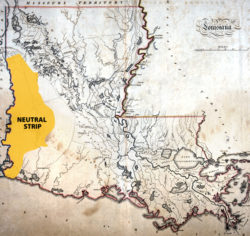Current Issue
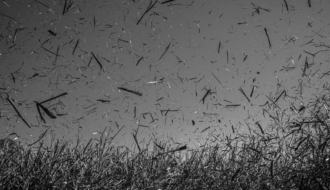
Should Sugarcane Sing
Louisiana’s most notorious crop resists automation
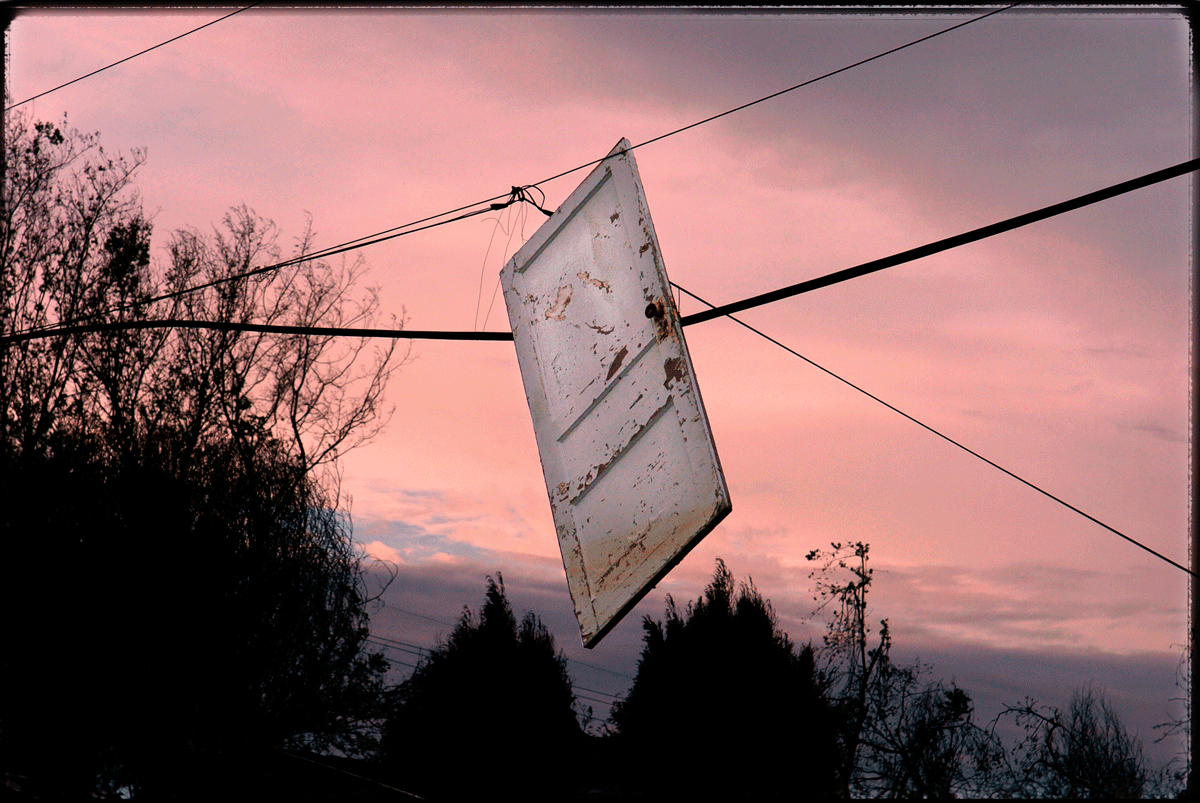
Current Issue

Current Issue
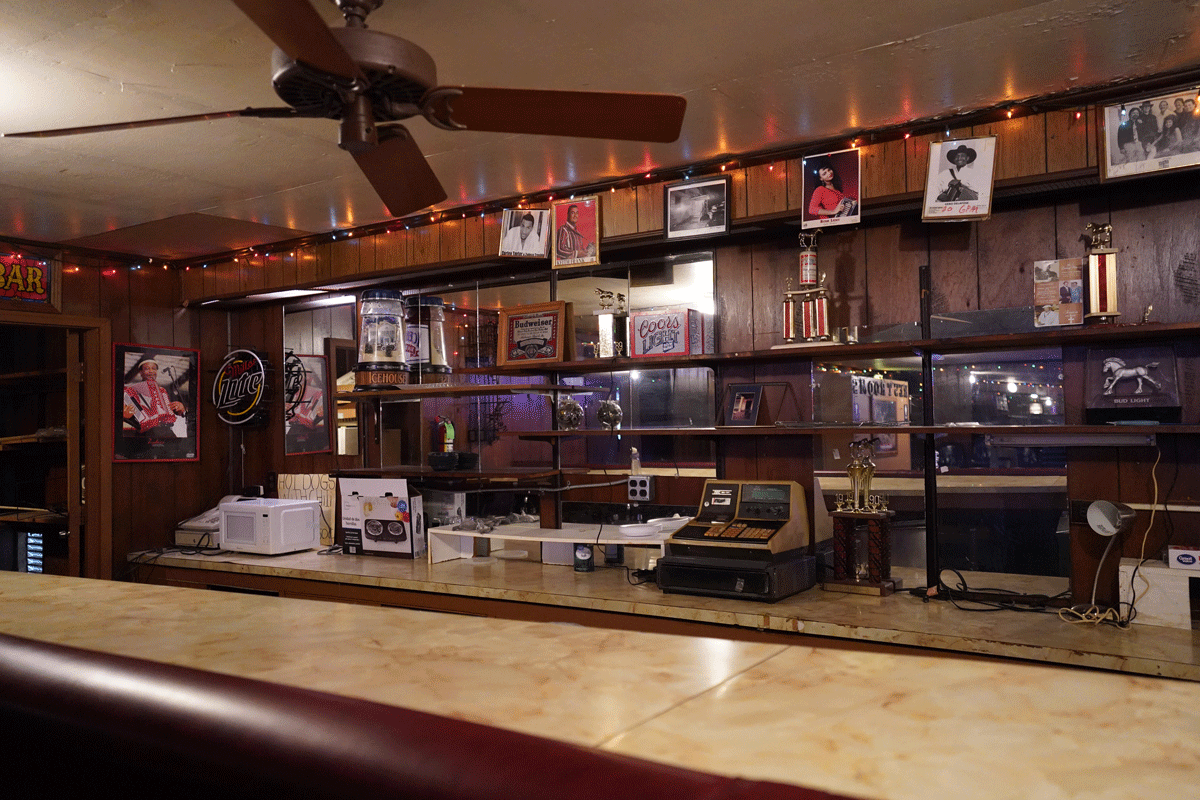
Current Issue

Louisiana’s most notorious crop resists automation
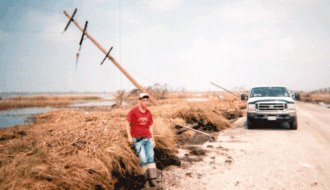
Remembering Hurricane Rita’s impact on southwest Louisiana, twenty years later

The rise & fall of the Lake Charles Capital One Tower

Technology offers new potential for preserving Louisiana dance halls

64 Parishes Magazine has received eight 2025 Excellence in Journalism award nominations across seven categories, including Best Magazine, from the Press Club of New Orleans

Join us on Thursday, December 5, in Lake Charles to celebrate the release of 64 Parishes’ winter 2024 issue!
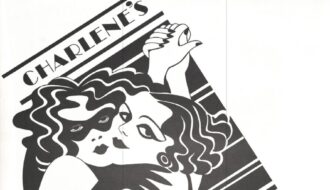
“A Bar Called Charlene’s” by Robert Fieseler was honored with the Green Eyeshade Award, the top honor distributed by Southerners from the Society for Professional Journalists

64 Parishes magazine has received nine 2024 Excellence in Journalism award nominations, including Best Magazine, from the Press Club of New Orleans.
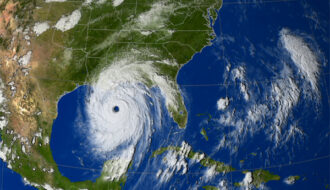
Hurricane Katrina’s landfall in Louisiana and the subsequent levee failures resulted in one of the worst disasters in United States history.

Crawfish boils are a springtime ritual in Louisiana.

At Boat Blessings, a Catholic priest blesses a community’s shrimp boats before the start of shrimp season

A New Orleans educator and civic activist who embodied the complexities and racialized limits of white southern Progressivism.

After the Louisiana Purchase, lawmakers passed numerous restrictions against free people of color, though they still experienced some economic gains and opportunities.
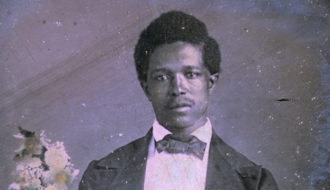
The accordion and rubboard are the lead instruments in this musical form.
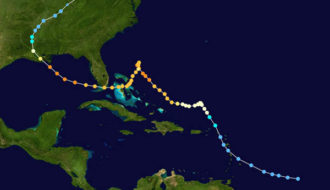
One of the most destructive storms in Louisiana history, Hurricane Betsy made landfall on September 9, 1965.
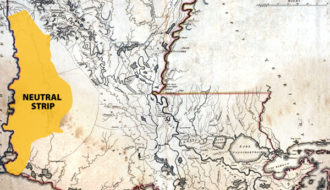
The Neutral Strip existed outside the governance of either the United States or Spain until 1821.
One-Year Subscription (4 issues) : $25.00
Two-Year Subscription (8 issues) : $40.00
